Yard Grading and Drainage Optimization
Effective yard sloping ensures water drains away from structures, minimizing water damage and soil erosion.
Proper grading promotes better turf growth by preventing water pooling and soil erosion.
Resloping helps stabilize slopes and reduces the risk of soil erosion during heavy rains.
A well-graded yard enhances curb appeal and can increase property value.
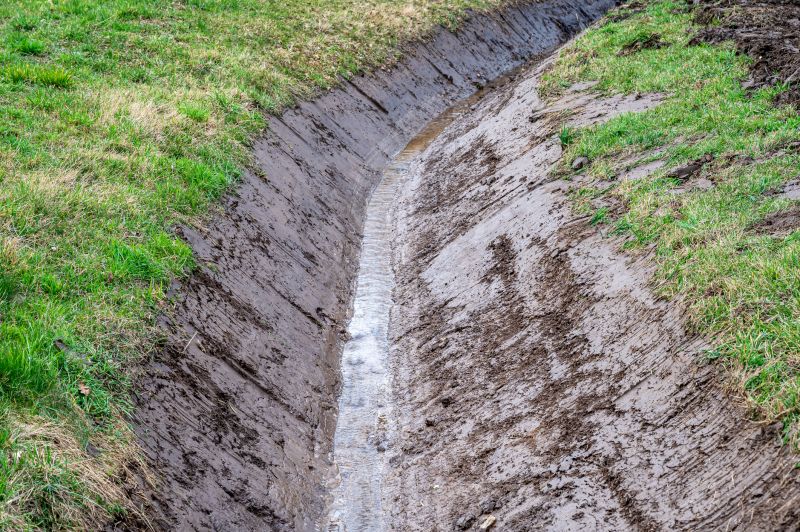
Professional grading involves reshaping the soil for optimal drainage.
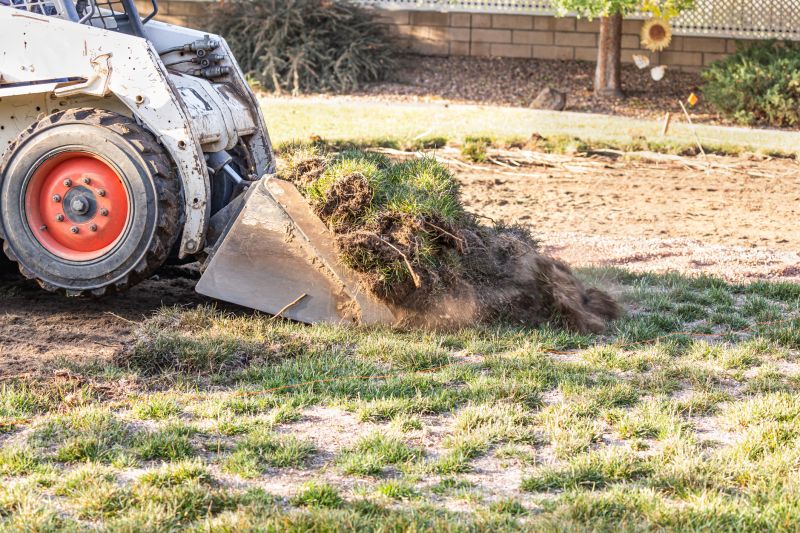
Heavy machinery like skid steers and graders are typical for yard grading.
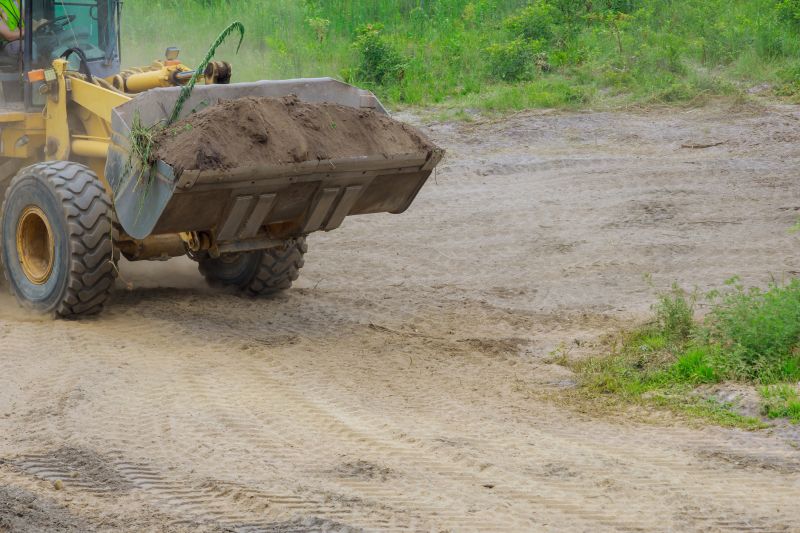
Adjusting the yard's slope to improve water runoff.
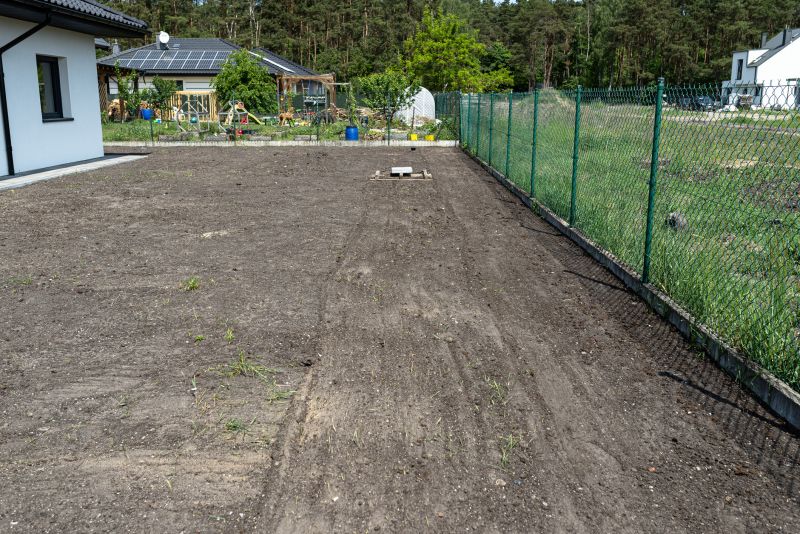
A smoothly sloped yard ready for landscaping.
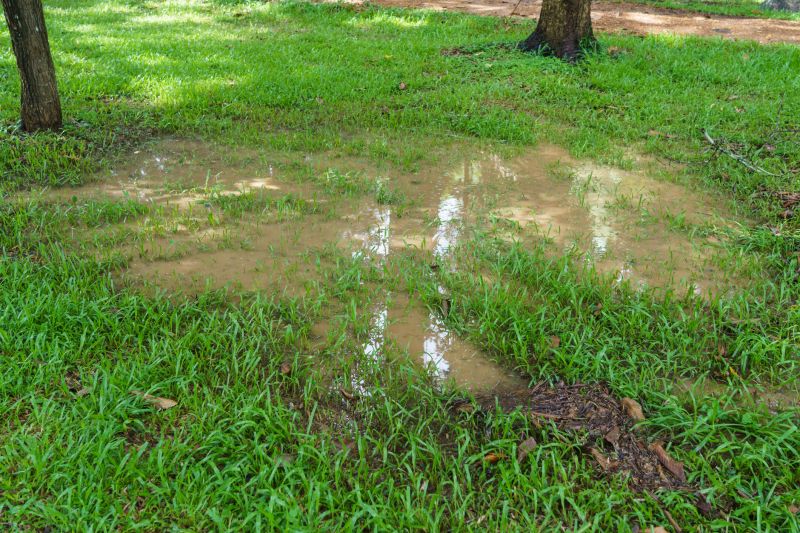
Incorporating drainage solutions during grading.
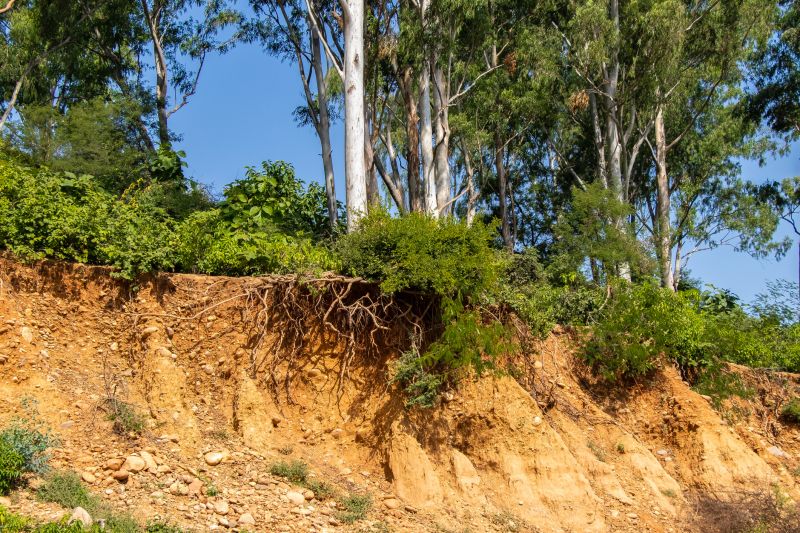
Steps taken to prevent soil erosion after grading.

Grading a home yard for proper water flow.

Large-scale grading for commercial properties.
| Aspect | Details |
|---|---|
| Typical duration | Several hours to a full day depending on yard size |
| Equipment used | Skid steers, graders, shovels, compaction tools |
| Process steps | Assessment, excavation, reshaping, compaction, finishing |
| Preparation needed | Clearance of obstacles, access to yard |
| Post-work considerations | Water runoff assessment, minor soil adjustments |
Proper yard grading involves a systematic process that begins with an assessment of current slopes and drainage patterns. Heavy machinery reshapes the soil to achieve the desired slope, ensuring effective water runoff. The work duration varies based on yard size and complexity, typically taking a few hours for smaller residential properties and longer for larger commercial sites. Equipment such as skid steers and graders are commonly used to deliver precise results. After grading, proper compaction and finishing ensure stability and optimal drainage.
Interested in improving yard drainage and stability? Filling out the contact form can provide a tailored quote for yard grading services tailored to specific needs and property conditions.
